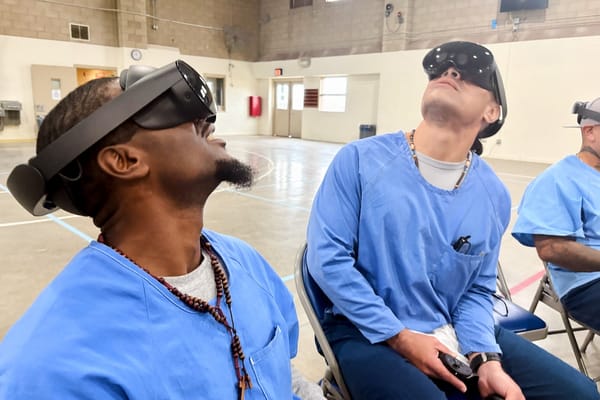Increased Telework on Home Broadband Networks Leads to Surge in Cybersecurity Vulnerabilities
May 28, 2020 — The age of remote working and learning has led to a dramatic increase in cybersecurity risks, according to panelists at a webinar hosted Wednesday by the Information Technology & Innovation Foundation. “The cybersecurity landscape has only gotten wider and deeper,” said Vincent Voci,











Member discussion